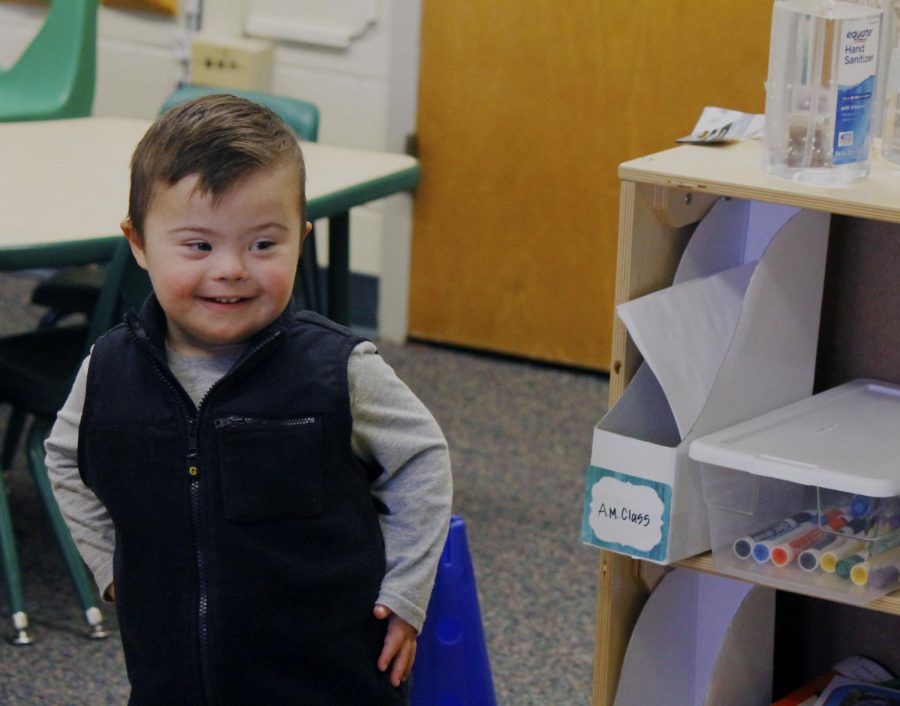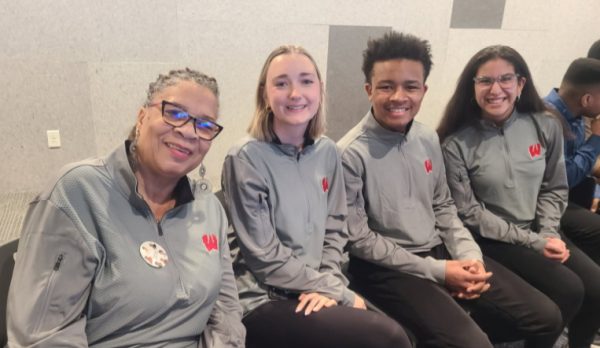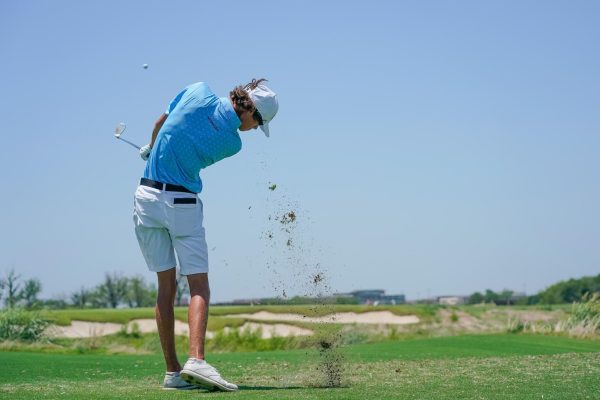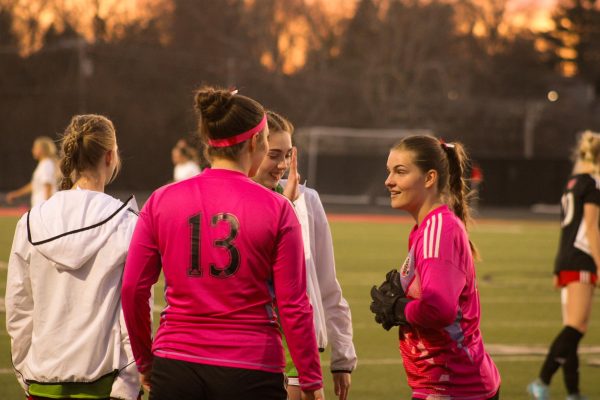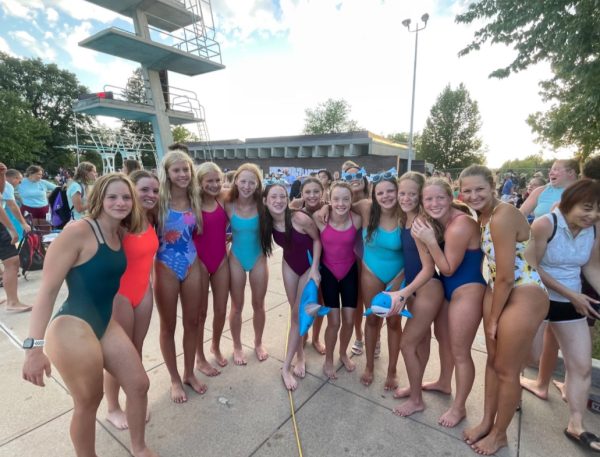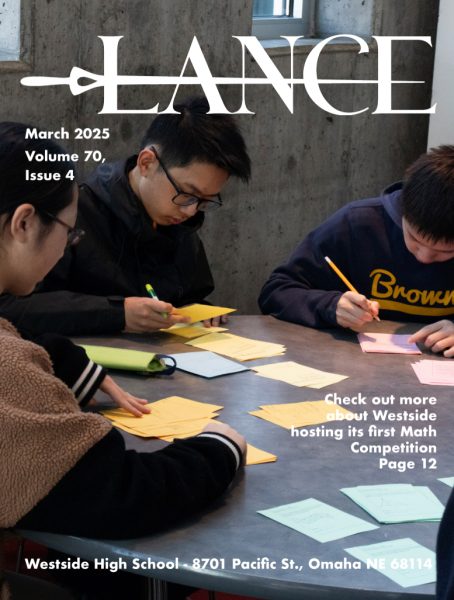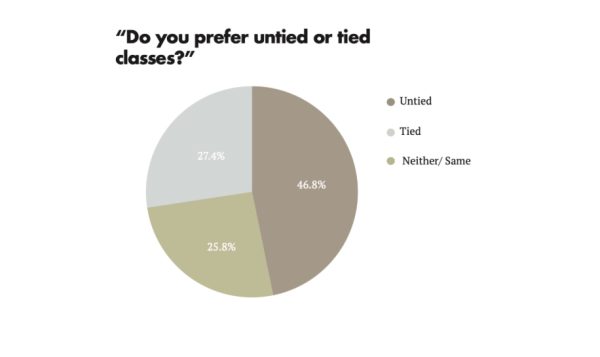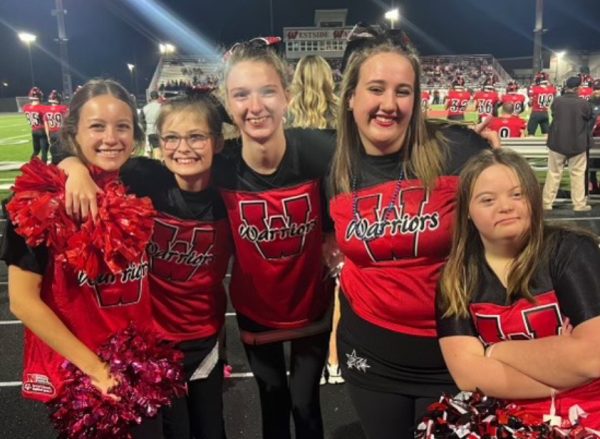New Program at Underwood Hills Focuses on Inclusiveness
At Underwood Hills, teachers and students are striving for inclusion in their Peer Modeling Program. The developing program is made up of three preschool classrooms with 12 students, six typically-developing and six with an identified disability.
“[The program] provides all children the opportunity to come in and have access to the general curriculum, learn with their same-aged peers, have the same opportunities,” Kate Staples, a teacher for the program, said. “For the students that are identified with a disability, it gives them an opportunity to have their goals, the things they are working on, embedded into their daily routines … They are practicing it every single day in a natural environment.”
The main purpose of the program is to teach inclusion and acceptance in the classroom.
“It’s not just a tolerance of kids who are different, it’s an acceptance, so we want to model that from the very get go,” Jeanette Lengmann, program coordinator, said. “Everybody is different in some way; we accept all kids as they are.”
The program has been around since the late 1970s, but is constantly improving and changing, according to Lengmann. The program has grown from seven children in 2011 to almost 200 today.
The classrooms are run like a typical preschool, where everyone is set at the same standards and no one is left behind. Each day the students with disabilities are paired with a buddy, that is typically-developing. The children who are identified with a disability are learning how to behave in a classroom setting, while the typically developing student is learning acceptance for their friend.
“For example, when we go to line up, I find their
[students identified with a disability] friends looking
to see if someone needs help cleaning up instead of just
going and lining up,” Staples said. “Or, just taking care of
themselves, they’ll look for a friend and see if
they need help.”
Kids are learning to help their peers without having to be told.
“And the beauty is, #BeKind, you know, the kids do that on their own without an adult intervening and saying they need help… when they move on to kindergarten they will
continue to do that,” Lengmann said.
The peer models, students that are typically-developing, get free admission to the preschool, but must meet requirements, such as basic social skills. The children identified with disabilities get admission through the Free And Public Education, which mandates that children with disabilities will have schooling from the time they are born.
One family at Underwood Hills has a typically-developing peer model and a child identified with a disability participating in the program. The family consists of twins LJ, who has Down syndrome and his sister Harper.
“For me the most impactful part [of the program] is there is an expectation that everyone is more alike than different,” Kendra Ely, LJ and Harper’s mother, said. “Harper is going to be held to the same standard as LJ, and LJ is going to be held to the same standard she is.”
“I really liked the peer model program and I thought it would be great for both kids, because it would allow them to go together in same school, but be in different classrooms…,” Ely said. “It kind of gave us the best of both worlds.”
The program does not only teach the children how to act in a school setting, but is showing them how to act in the world.
“LJ is communicating more and using his voice to vocalize…,” Ely said, “They have been really receptive to utilizing different types of communication in the classroom.”
The school is teaching these skills through fun and academic activities. When asked what his favorite part of the day was LJ responded, “Slide and dancing,” through sign language that his mom translated. Harper responded that her favorite part of the day was “music.”
It’s not just about learning your ABCs in the peer modeling classrooms. The program was made to teach kids identified with a disability how to act, but has grown into teaching acceptance and love for everyone.
“One quote we use in our classroom is ‘even though we may be different fish we all swim together,’” Staples said.
Your donation will support the student journalists of Omaha Westside High School. Your contribution will allow us to purchase equipment and cover our annual website hosting costs.
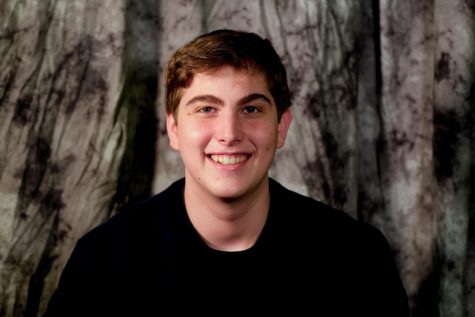
Hi, my name is Luke Steiner! I am the co-Editor-in-Chief for Lance this year. I am currently a junior and this is my third year on Lance. If you have any...


